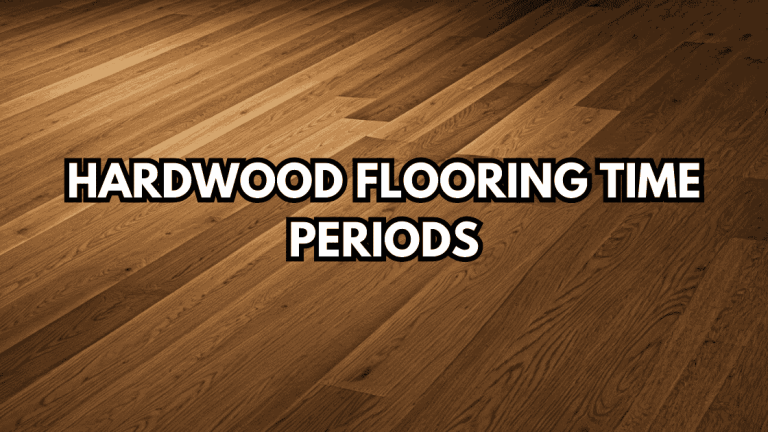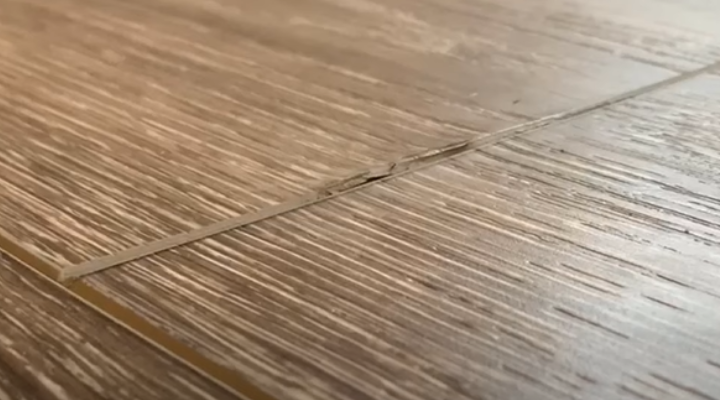Can You Put Vinyl Flooring Over Wood Floors? Find Out Now!
When considering new flooring for your home, one of the most common questions homeowners ask is, Can you put vinyl flooring over wood floors? It’s a practical query, as many homeowners wish to refresh their space without the hassle of removing existing flooring. Fortunately, the answer is yes, vinyl flooring can be installed over wood floors, but there are some important considerations to keep in mind to ensure the job is done properly.
In this article, we will dive into the steps you need to take when installing vinyl flooring over wood floors, the pros and cons, and what to consider to make sure your project is a success. Whether you are tackling a DIY project or working with a contractor, understanding the right methods and materials will help you achieve a lasting and beautiful result.
Can You Install Vinyl Over Wood Floors?
The short answer is yes, you can install vinyl flooring over wood floors. However, just because it is possible doesn’t mean it’s always the best option in every scenario. The type of wood flooring you have, its condition, and the method of vinyl installation will determine how successful and long-lasting the project is.
There are a few different vinyl flooring options available, such as sheet vinyl, vinyl tiles, and luxury vinyl planks (LVP). All of these can be installed over wood floors, but the approach to each may differ slightly. For example, LVP tends to be a more popular choice due to its versatility and ease of installation.
Types of Wood Floors Compatible with Vinyl
Not all wood floors are suitable as a base for vinyl flooring. To make sure your existing wood floor is appropriate for the installation, it’s essential to check its type and condition. Here are the main types of wood floors that can be covered with vinyl flooring:
Hardwood Floors
Hardwood floors are among the most common wood types that homeowners want to install vinyl over. If your hardwood floor is in good condition, it can be an excellent base for vinyl. However, it must be firmly attached to the subfloor, level, and free from any moisture damage. Also, any imperfections like gaps or cracks should be addressed before installation.
Engineered Wood Floors
Engineered wood floors are another great option for installing vinyl on top. This type of flooring is made from several layers of wood, with a hardwood veneer on top. Engineered wood is usually more stable than solid hardwood, making it a good candidate for vinyl flooring installation. However, you need to make sure that the surface is smooth and free of any damage.
Plywood and Particleboard Subfloors
If the existing wood floor is made of plywood or particleboard, it is generally a good option for vinyl installation. These types of subfloors are flat and provide a stable surface for the vinyl flooring to adhere to. Just make sure the surface is clean and dry before beginning the installation.
How to Install Vinyl Flooring Over Wood Floors
Now that we know it’s possible to install vinyl flooring over wood floors, it’s time to dive into the process. The installation method can vary depending on the type of vinyl you are using, but here are the general steps involved:
Step 1: Clean and Prepare the Wood Floor
Before anything else, ensure that your wood floor is clean, dry, and smooth. Sweep away dirt and debris, then mop the floor to remove any residual grime. If there are any nails, staples, or protruding areas in the wood floor, you’ll need to address these issues to create a smooth surface for the vinyl.
Step 2: Inspect for Damage
Examine your wood floor for any signs of damage, such as rot, warping, or large gaps between the planks. If the floor has any issues, it’s essential to repair them before proceeding. Minor imperfections can be filled with a leveling compound, but more significant problems may require replacing sections of the floor.
Step 3: Add a Suitable Underlayment (Optional)
While vinyl flooring can sometimes be installed directly on top of wood, it’s often a good idea to use an underlayment. The underlayment helps to smooth out imperfections, provide insulation, and make the floor more comfortable to walk on. It can also help with soundproofing, which is particularly useful if you’re installing vinyl over a hardwood floor in a multi-story home.
There are several underlayment options available, such as foam, cork, or even plywood. Choose the one that works best for your specific needs.
Step 4: Lay the Vinyl Flooring
With the surface prepared, it’s time to lay the vinyl flooring. The method of installation depends on the type of vinyl you’ve chosen. For peel-and-stick vinyl tiles, simply remove the backing and press them down onto the prepared wood floor. For luxury vinyl planks, you may need to click the planks together or glue them down, depending on the manufacturer’s instructions.
Take your time during this step to ensure each piece of vinyl is aligned properly and firmly attached. Be sure to leave a small expansion gap around the perimeter of the room to allow the vinyl to expand and contract with changes in temperature and humidity.
Pros of Installing Vinyl Flooring Over Wood Floors
There are several advantages to installing vinyl flooring over wood floors. These include:
1. Cost-Effective
One of the most significant benefits of installing vinyl over wood is the cost savings. Removing an existing wood floor can be time-consuming and expensive. By simply laying vinyl over it, you avoid the costs associated with removal and disposal.
2. Time-Saving
The installation process is quicker when you install vinyl over existing wood flooring. There’s no need to wait for the subfloor to be prepped or worry about damaging the existing wood.
3. Durability
Vinyl is known for being a highly durable material. It’s resistant to scratches, dents, and stains, making it ideal for high-traffic areas in your home. Additionally, luxury vinyl planks often come with a protective wear layer, increasing the longevity of your floors.
4. Variety of Styles
Vinyl flooring comes in various styles and colors, allowing you to choose a look that complements your home’s aesthetic. Whether you want a wood-look vinyl plank or a stylish tile design, there are plenty of options to suit your taste.
5. Easy Maintenance
Vinyl flooring is incredibly easy to maintain. Unlike hardwood floors, which require regular sealing and refinishing, vinyl only needs occasional sweeping and mopping to stay in good condition.
Cons of Installing Vinyl Flooring Over Wood Floors
While there are many advantages, there are also some drawbacks to consider:
1. Potential for Moisture Damage
If there is any moisture under the vinyl, it could cause damage to both the wood floor and the vinyl itself. This is particularly a concern if the wood floor is not properly sealed, or if you live in a humid climate.
2. Can’t Repair the Wood Floor
Once you cover your wood floor with vinyl, you won’t be able to repair or refinish the wood beneath. If you later decide you want to restore the wood floor, you’ll need to remove the vinyl, which can be a time-consuming process.
3. Floor Height Issues
Adding vinyl over wood floors will raise the height of the floor. This might create issues with doors, transitions, or any appliances that are installed directly on the floor. You may need to trim doors or adjust cabinetry to accommodate the new height.
How to Maintain Vinyl Flooring Over Wood Floors
Maintaining vinyl flooring over wood floors is relatively simple, but it’s essential to follow the right care steps to extend the life of your floors:
- Regular Cleaning: Sweep or vacuum regularly to remove dirt and dust. Mop with a mild cleaning solution to keep the surface looking fresh.
- Avoid Excessive Moisture: Vinyl flooring is water-resistant but not waterproof. Ensure that excess water doesn’t pool on the surface.
- Use Protective Mats: Consider placing mats in high-traffic areas to prevent wear and tear.
Conclusion: Is It the Right Choice for Your Home?
In conclusion, yes, you can put vinyl flooring over wood floors, and it can be a great choice for updating the look of your space. As long as you properly prepare the surface and choose the right type of vinyl, this project can offer both aesthetic and practical benefits. By following the steps outlined and being mindful of the pros and cons, you can achieve a stylish and durable floor that suits your needs.




